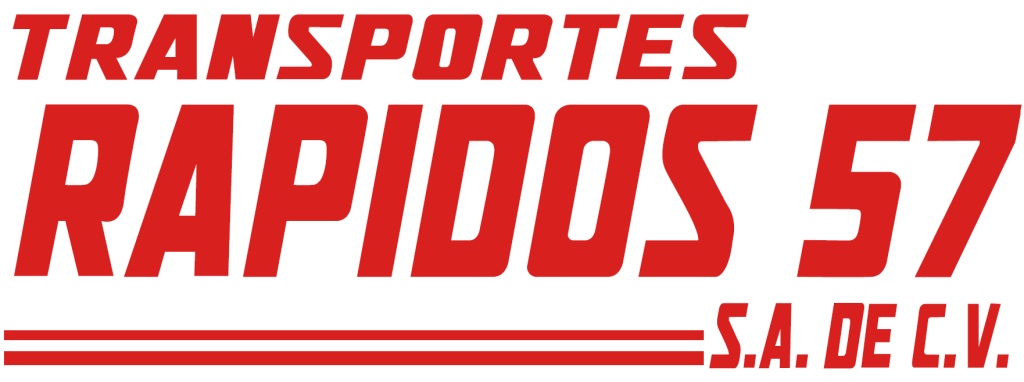The working capital ratio can be useful in helping you measure liquidity. It represents a company’s ability to pay its current liabilities with its current assets. Another way to look at the return on assets is in the context of the Dupont method of financial analysis. This method of analysis shows you how to look at the return on assets in the context of both the net profit margin and the total asset turnover ratio. The last group of financial ratios that business owners usually tackle are the profitability ratios as they are the summary ratios of the 13 ratio group.
- A ratio below 1 indicates that the company doesn’t have enough operating income to meet its debt service costs.
- One ratio calculation doesn’t offer much information on its own.
- One should look at the average debt to equity ratio for the industry in which ABC operates as well as the debt to equity ratio of its competitors to gain more insights.
- It is the ratio of operating income and debt amount within a company.
- The debt to equity ratio relates a corporation’s total amount of liabilities to its total amount of stockholders’ equity.
- The result you get after dividing debt by equity is the percentage of the company that is indebted (or «leveraged»).
As an example, if a company has a cost of goods sold equal to $1 million and average inventory of $500,000, its inventory turnover ratio is 2. Investors typically favor a higher ratio as it shows that the https://turbo-tax.org/law-firms-and-client-trust-accounts/ company may be better at using its assets to generate income. For example, a company that has $10 million in net income and $2 million in average total assets generates $5 in income per $1 of assets.
Working Capital Ratio
Within these six categories are multiple financial ratios that help a business manager and outside investors analyze the financial health of the firm. They provide a picture of whether the stock is a good buy at current levels. How much cash, working capital, cash flow, or earnings do you get for each dollar you invest? These are also referred to as «market ratios,» because they gauge how strong a company appears on the market.
Likewise, they measure a company today against its historical numbers. Generally, ratios are typically not used in isolation but rather in combination with other ratios. Having a good idea of the ratios in each of the four previously mentioned categories Bookkeeping for attorneys will give you a comprehensive view of the company from different angles and help you spot potential red flags. It reveals how much profit a company earned, compared to the total amount of stockholders’ equity found on its balance sheet.
Ratio #1 Working Capital
Ratios are just a raw computation of financial position and performance. The total asset turnover ratio sums up all the other asset management ratios. If there are problems with any of the other total assets, it will show up here, in the total asset turnover ratio.
- Financial ratios can likewise assist with deciding whether the monetary assets are finished or under-utilized.
- Gross margin decides the expense limit of a company on various things like promotions, employees, etc.
- With either strategy, informed investors must understand the different kinds of commonly used financial ratios, and how to interpret them.
- You may have to share your EPS value with lenders when you apply for small business funding.
- It’s figured bydividing a company’s market capitalization by its cash flow or by dividing its share price by its cash flow from operations per share.
That means you’re properly taking on loans to expand your business, though maybe you don’t immediately have the money to repay them. But this figure is in the healthy range, so you’re likely to have that money eventually. Your ROI may tell you whether your investment has generated a profit or a loss.
Current Ratio
The working capital per dollar of sales ratio lets you know how much money a company has on hand to conduct business. The more working capital a company needs, the less valuable it is. That’s money that the owners can’t take out in the form of dividends. The DuPont model, or DuPont analysis, lets you to break down return on equity to determine what’s driving ROE. It can also give you vital information about a company’s capital structure. The company’s operating margin is its operating income divided by its revenue.
The P/E is the amount of money the market is willing to pay for every $1 in earnings a company generates. You have to decide whether that amount is too high, a bargain, or somewhere in between. The price-to-earnings ratio, or P/E, is likely the most famous ratio in the world. It’s a quick and easy way to see how cheap or costly a stock is, compared to its peers.
